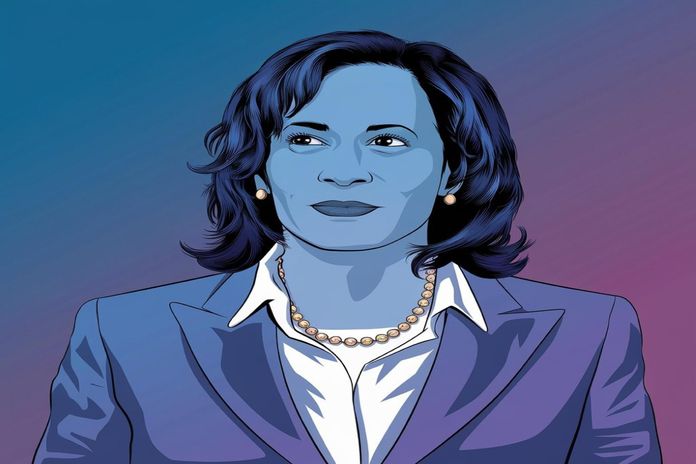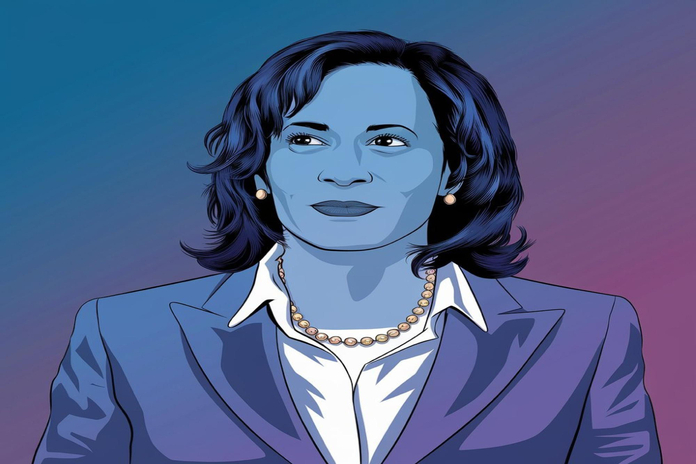BCrypt Conference: Bringing the Brightest Minds in Blockchain and Web3 to Delhi
NEW YORK, Oct. 4, 2024 /PRNewswire/ — Get ready for one of the most influential Web3 events of the year— BCrypt Conference 2024! Hosted by CSharpCorner, this groundbreaking event promises to shape the future of blockchain, Web3, and AI. Taking place from October 16-18, the conference will bring over 50,000 participants from across the globe virtually and in person to the Radisson Blu Kaushambi, Delhi. This year’s event is set to be a defining moment for decentralized technologies, with visionary leaders ready to ignite conversations that will drive the industry forward.
About BCrypt 2024
Presented by The Sharp Economy, BCrypt is India’s premier event for exploring the cutting edge of blockchain and Web3, BCrypt will bring together industry leaders, visionaries, and technology enthusiasts for keynotes, panels and sessions such as:
- Nikil Viswanathan , Co-Founder of Alchemy : As the driving force behind one of the leading blockchain developer platforms, Nikil will share his insights into the future of blockchain infrastructure and how Alchemy is shaping the Web3 ecosystem.
- Miko Matsumura , Managing Partner at gumi Cryptos Capital : A visionary in the blockchain investment space, Miko Matsumura will deliver a keynote address on emerging trends in cryptocurrency and decentralized finance, drawing from his extensive experience as a venture capitalist and thought leader in the industry.
- Phillip Shoemaker , CEO/Executive Director of Identity.com : With a wealth of experience in digital identity and blockchain, Phillip Shoemaker will discuss the role of decentralized identity solutions in empowering secure and privacy-focused online interactions.
Top industry players from Ava Labs, SolanaU, and Capgemini will also lead discussions on topics like the role of AI in decentralized systems, Web3 development, tokenomics, Web3 security, crypto regulations, and the virtual economy of the metaverse.
BCrypt + The Sharp Economy: Shaping the Future of Web3 Talent
The Sharp Economy is building the next generation of Web3 talent. Powered by the The Sharp Token (SHARP), this ecosystem allows developers to learn, earn, and grow. Unlike traditional platforms like GitHub or Stack Overflow, The Sharp Economy rewards contributions with real, redeemable tokens—not just badges. This creates a vibrant community where learning translates directly into opportunities and resources, making it the go-to platform for developers to advance their careers.
About CSharpCorner
With over three million members, CSharpCorner is the world’s leading online community for developers, offering unparalleled resources to keep them at the forefront of the ever-evolving tech landscape.
![]() View original content to download multimedia:https://www.prnewswire.com/news-releases/bcrypt-conference-bringing-the-brightest-minds-in-blockchain-and-web3-to-delhi-302267854.html
View original content to download multimedia:https://www.prnewswire.com/news-releases/bcrypt-conference-bringing-the-brightest-minds-in-blockchain-and-web3-to-delhi-302267854.html
SOURCE CSharp Inc

Featured Image: depositphotos @ grejak







